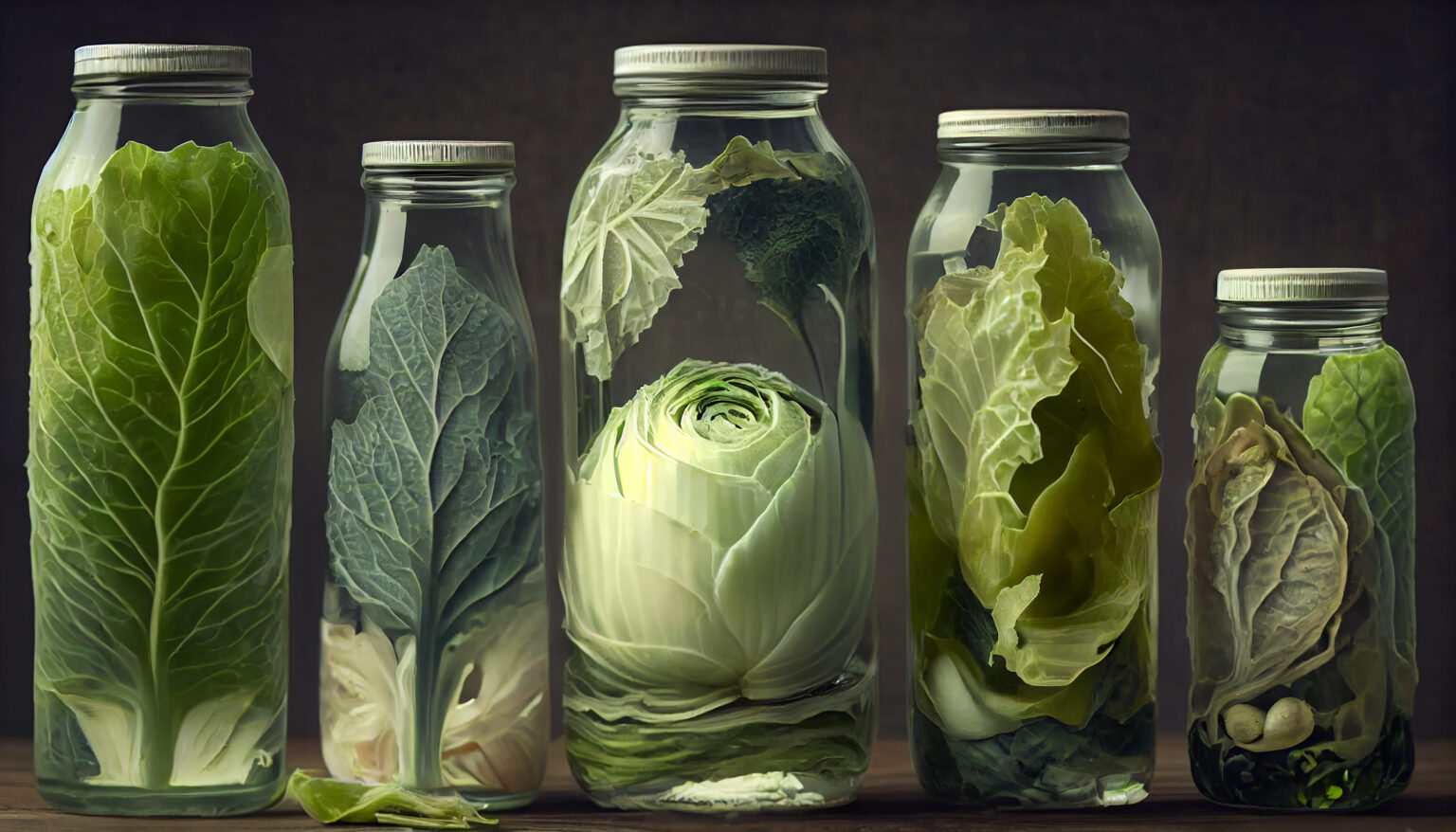In recent years, there has been a growing interest in adopting a living food diet, which emphasizes the consumption of raw, unprocessed, and plant-based foods. One key aspect of this diet is the inclusion of fermented vegetables, which are not only delicious but also offer a plethora of health benefits. By harnessing the power of fermentation, you can transform ordinary vegetables into probiotic-rich foods that promote gut health and enhance your overall well-being.
Fermentation is an ancient preservation technique that dates back thousands of years. It involves the conversion of sugars and carbohydrates in food by beneficial bacteria, yeasts, and other microorganisms. This process not only extends the shelf life of the food but also enhances its nutritional value. When it comes to vegetables, fermentation can significantly increase their vitamin and mineral content, while also introducing beneficial bacteria known as probiotics.
To start fermenting vegetables, you’ll need a few basic ingredients and equipment. First and foremost, choose fresh, organic vegetables that are suitable for fermentation. Cabbage, carrots, radishes, cucumbers, and beets are popular choices, but you can experiment with other vegetables as well. Make sure to thoroughly wash and prepare the vegetables by cutting them into slices, shreds, or bite-sized pieces.
The next step is to create a brine solution, which acts as a medium for the fermentation process. You can make a simple brine by dissolving salt in water. The ratio of salt to water typically ranges from 1 to 2 tablespoons of salt per quart (liter) of water, depending on your taste preference. Alternatively, you can use whey or a starter culture specifically designed for vegetable fermentation.
Place the prepared vegetables in a clean, glass jar and pour the brine over them, ensuring that they are fully submerged. It’s important to exclude any air from the jar, as oxygen can lead to spoilage rather than fermentation. You can use a weight or a fermentation lid to keep the vegetables submerged and create an anaerobic environment. The jar should then be loosely covered with a cloth or fermentation lid to allow gases to escape during the fermentation process.
Now comes the waiting game. Fermentation times vary depending on the temperature and the vegetables used. Generally, it can take anywhere from a few days to a few weeks for the fermentation to occur. Taste the vegetables periodically to determine their level of tanginess and texture. Once they reach the desired flavor and texture, transfer the jar to the refrigerator to slow down the fermentation process.
As the vegetables ferment, they undergo a transformation. The beneficial bacteria present on the vegetables consume the sugars and produce lactic acid, giving the vegetables their tangy flavour. These beneficial bacteria, including species such as Lactobacillus and Bifidobacterium, are probiotics that help populate the gut with healthy microorganisms. A balanced gut microbiome is associated with improved digestion, enhanced immune function, and better overall health.
Incorporating fermented vegetables into a living food diet can be both nutritious and exciting. They can be enjoyed as a standalone snack, added to salads, used as a topping for sandwiches, or served as a side dish with meals. The possibilities are endless, and experimenting with different vegetables and flavour combinations is part of the fun.
It’s important to note that while fermented vegetables are a valuable addition to a living food diet, they should not be the sole source of nutrition. A well-rounded vegetarian diet should include a variety of plant-based foods, such as fruits, vegetables, whole grains, legumes, nuts, and seeds, to ensure an adequate intake of essential nutrients.
Fermenting vegetables is a fantastic way to create probiotic-rich foods that enhance a living food diet vegetarian. By harnessing the power of fermentation, you can transform ordinary vegetables into flavourful and nutrient-dense creations that promote gut health and overall well-being. So grab your favourite vegetables, a jar, and some salt, and embark on a fermentation journey that will nourish your body and tantalize your taste buds.








